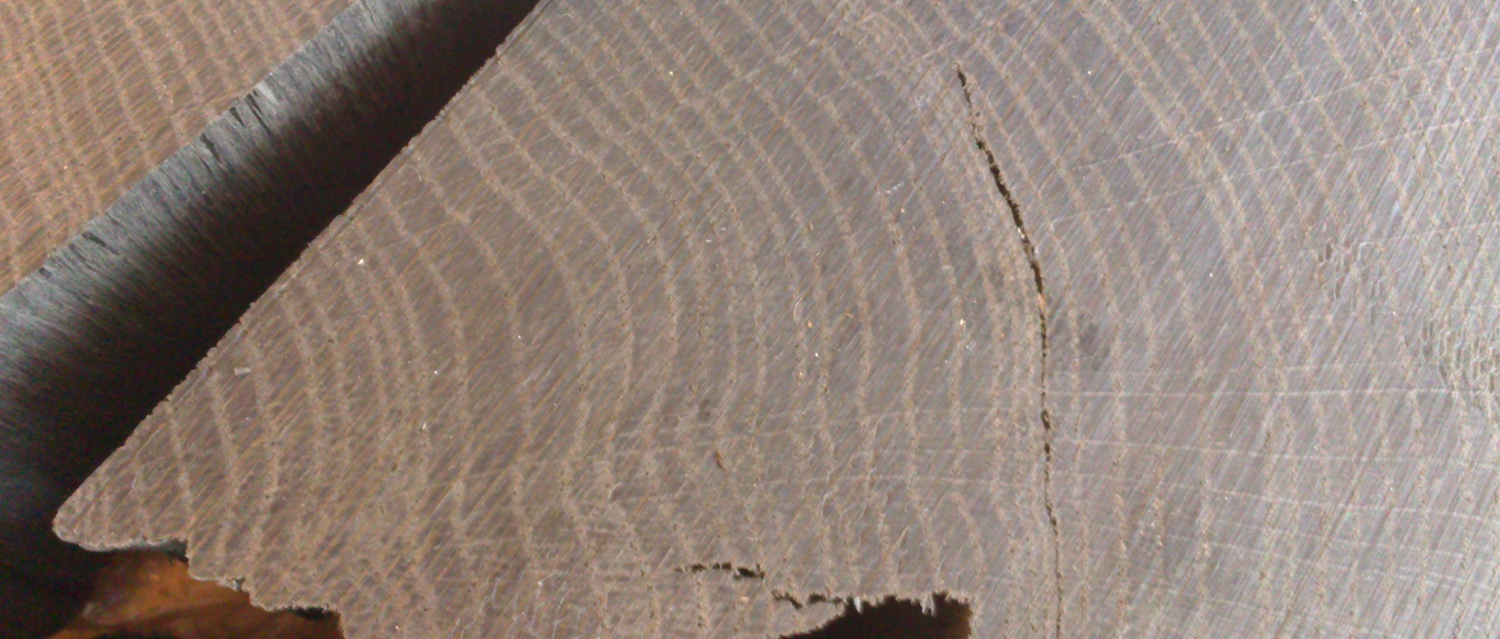Cosmic ray event in 994 C.E. recorded in radiocarbon from Danish oak
Forskere fra Institut for Geoscience samt Institut for Fysik og Astronomi har udgivet en artikel i tidskriftet Geophysical Research Letters med ph.d.-studerende Alexandra Fogtmann-Schulz som førsteforfatter

Forskere fra Institut for Geoscience samt Institut for Fysik og Astronomi har udgivet en artikel i tidskriftet Geophysical Research Letters med PhD-studerende Alexandra Fogtmann-Schulz som førsteforfatter, som viser at Jorden blev ramt af et gigantisk soludbrud i forsommeren år 994 e. Kr. De nye resultater, som er baseret på detaljerede målinger af 14C i træringe fra dansk egetræ, giver hermed ny indsigt i timingen og forekomsten af sådanne særdeles eksplosive begivenheder i solsystemet og vidner om, at Solen er en meget mere dynamisk stjerne end tidligere antaget. Kortlægningen af disse eksplosive begivenheder kan desuden benyttes som astro-kronologiske fixpunkter, der giver mulighed for at 14C-datere arkæologiske materialer med hidtil uset præcision.”
Abstract
We present measurements of radiocarbon in annual tree rings from the time period 980–1006 Common Era (C.E.), hereby covering the cosmic ray event in 994 C.E. The new radiocarbon record from Danish oak is based on both earlywood and latewood fractions of the tree rings, which makes it possible to study seasonal variations in 14C production. The measurements show a rapid increase of ?10‰ from 993 to 994 C.E. in latewood, followed by a modest decline and relatively high values over the ensuing ?10 years. This rapid increase occurs from 994 to 995 C.E. in earlywood, suggesting that the cosmic ray event most likely occurred during the period between April and June 994 C.E. Our new record from Danish oak shows strong agreement with existing ?14C records from Japan, thus supporting the hypothesis that the 994 C.E. cosmic ray event was uniform throughout the Northern Hemisphere and therefore can be used as an astrochronological tie point to anchor floating chronologies of ancient history.
Læs artiklen her:
http://onlinelibrary.wiley.com/doi/10.1002/2017GL074208/abstract
